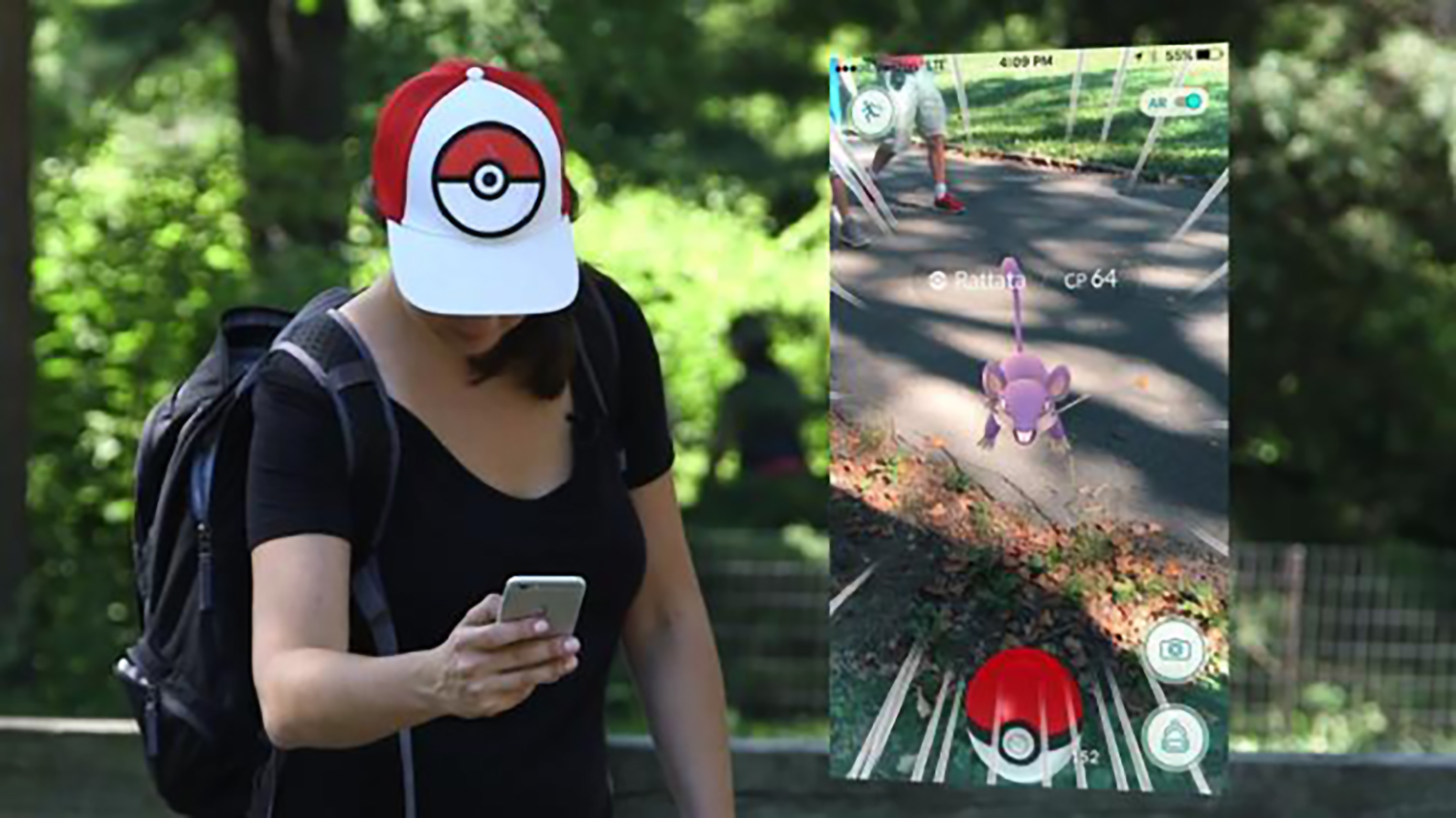
- 2 Min Read / Blog / 3.2.2020

Pokémon GO is a hit.
Niantic’s augmented reality game has placed a serious chokehold on the popular culture since its release in early July—earning millions in revenue, spawning enormous meetups, and generating countless memes for the social media masses.
While AR has been an accessible technology for smartphone users for a couple years now, Pokémon GO has popularized it for the mainstream in a big way—and there’s surely more to come.
However, any declaration that AR has won out over virtual reality is a bit premature. VR still holds enormous promise and offers immersion AR can’t touch. But Pokémon GO has shown some of the technology’s advantages over VR and taught a few lessons.
AR requires less friction to get going: users need a headset for VR, and that can be cumbersome and uninviting. And headsets cost money—even the versions made from cardboard. With augmented reality, users only need to download an app to the smartphone they already use, so there’s no extra hardware purchase or new experience to hurdle.
Pokémon GO has proven all you need to do is download an app on a smartphone—an experience already deeply ingrained into users’ behavior. The barrier to entry is next to nothing. It’s easy to get going.
While VR offers a completely immersive experience allowing the user to be whisked away into new worlds, augmented reality supplements the real world. You can catch a Pokémon seemingly anywhere—on the go, at home, or in the office—and users are encouraged to explore the physical world since PokéStops and gyms are tied to real-world locations.
There’s something inherently thrilling about seeing the real world come alive with augmented reality and users are responding in a huge way. It’s facilitating plenty of IRL human interaction, be it with huge attendance at meetups or just stopping and chatting after seeing someone playing on the street. The steps and exercise users are getting are an added benefit, too.
There’s simply a level of social currency with AR that VR has yet to match.
Pokémon GO’s runaway mainstream success is sure to spawn imitators and innovators alike—all good for the momentum of the technology.
And there’s plenty of other AR apps available on the market already. The Ikea Catalog app uses augmented reality to allow users to place furniture in a room to get a preview of what a piece would look like with an actual physical purchase. SkyGuide illuminates the universe and brings the stars to your smartphone screen.
And some of the sneaky genius of Snapchat is that it’s essentially an augmented reality platform users get to control—be it with selfie lenses, geofilter overlays, or the ability to draw on and caption photos and video.
For brands, image recognition technology with AR will be huge, something Blippar already has in the marketplace. It’s a new, different way for customers to interact with and discover your product.